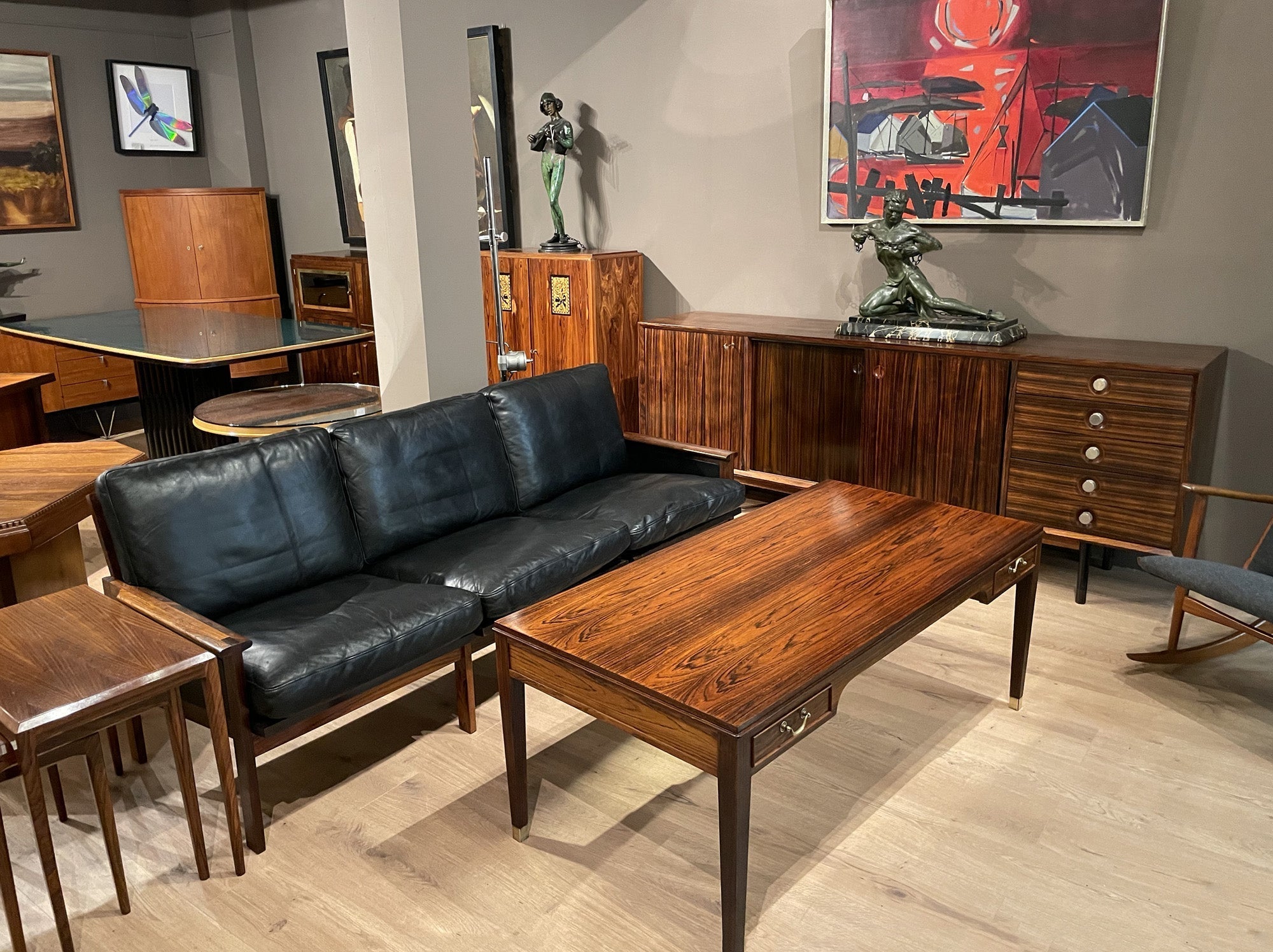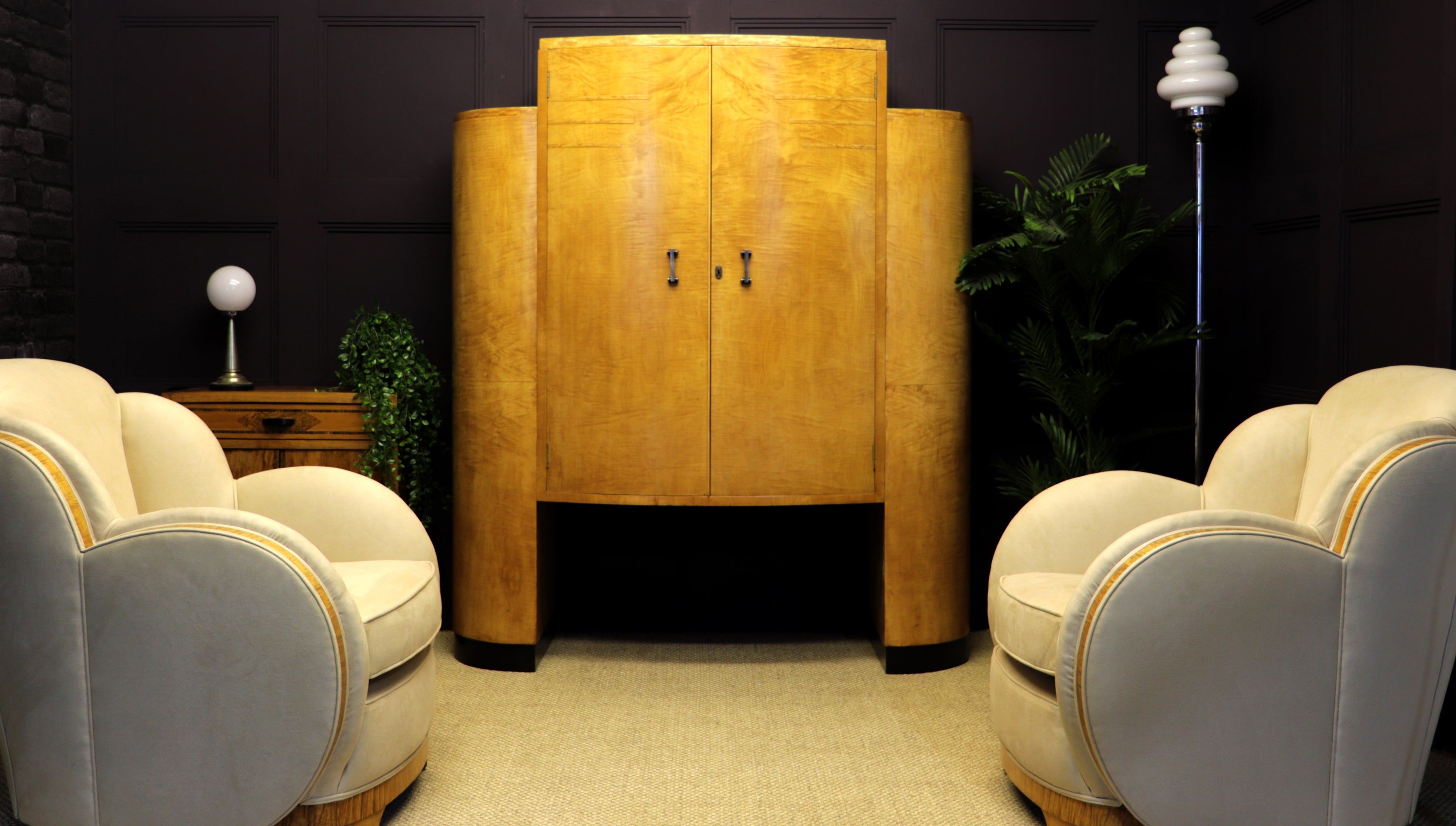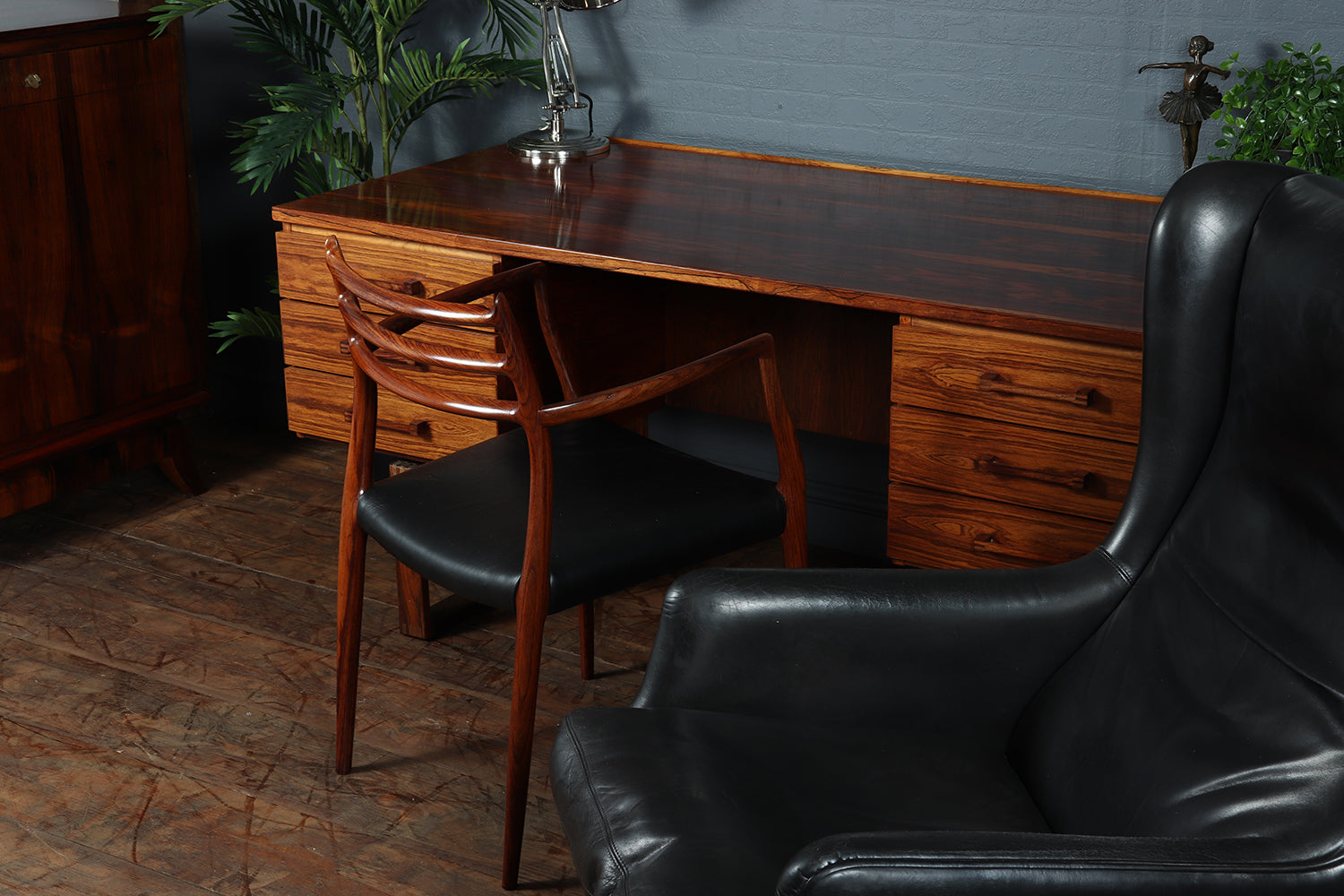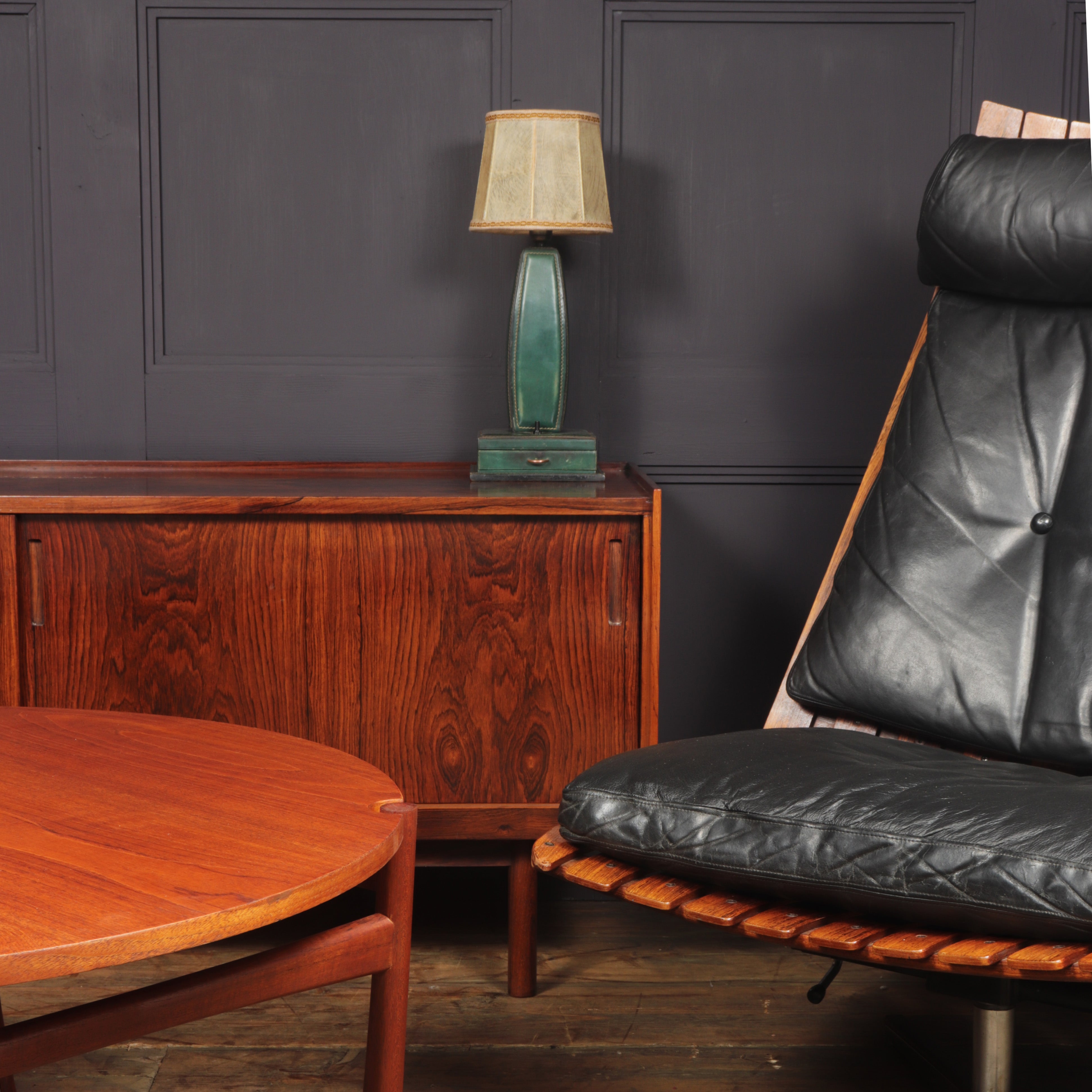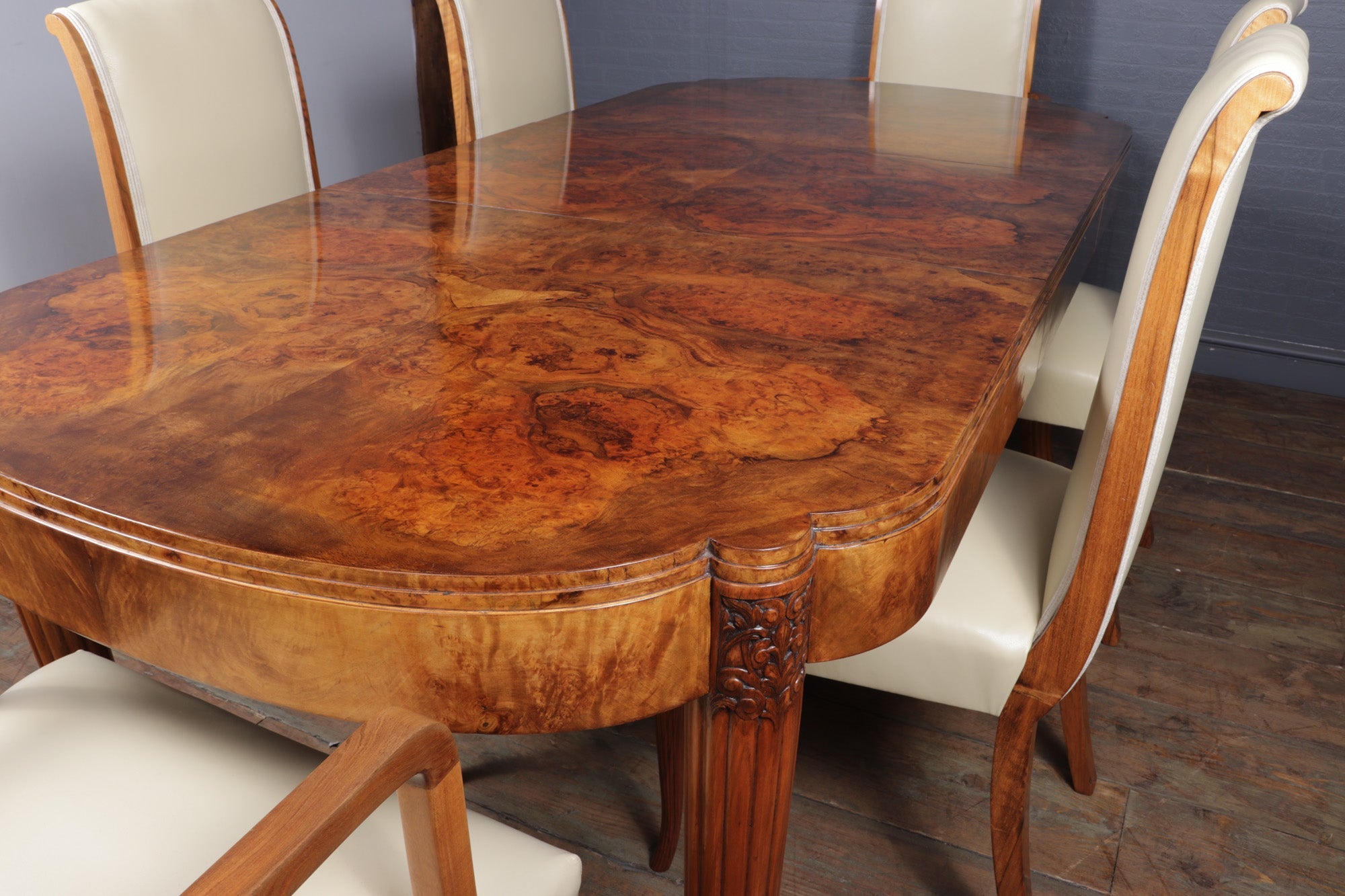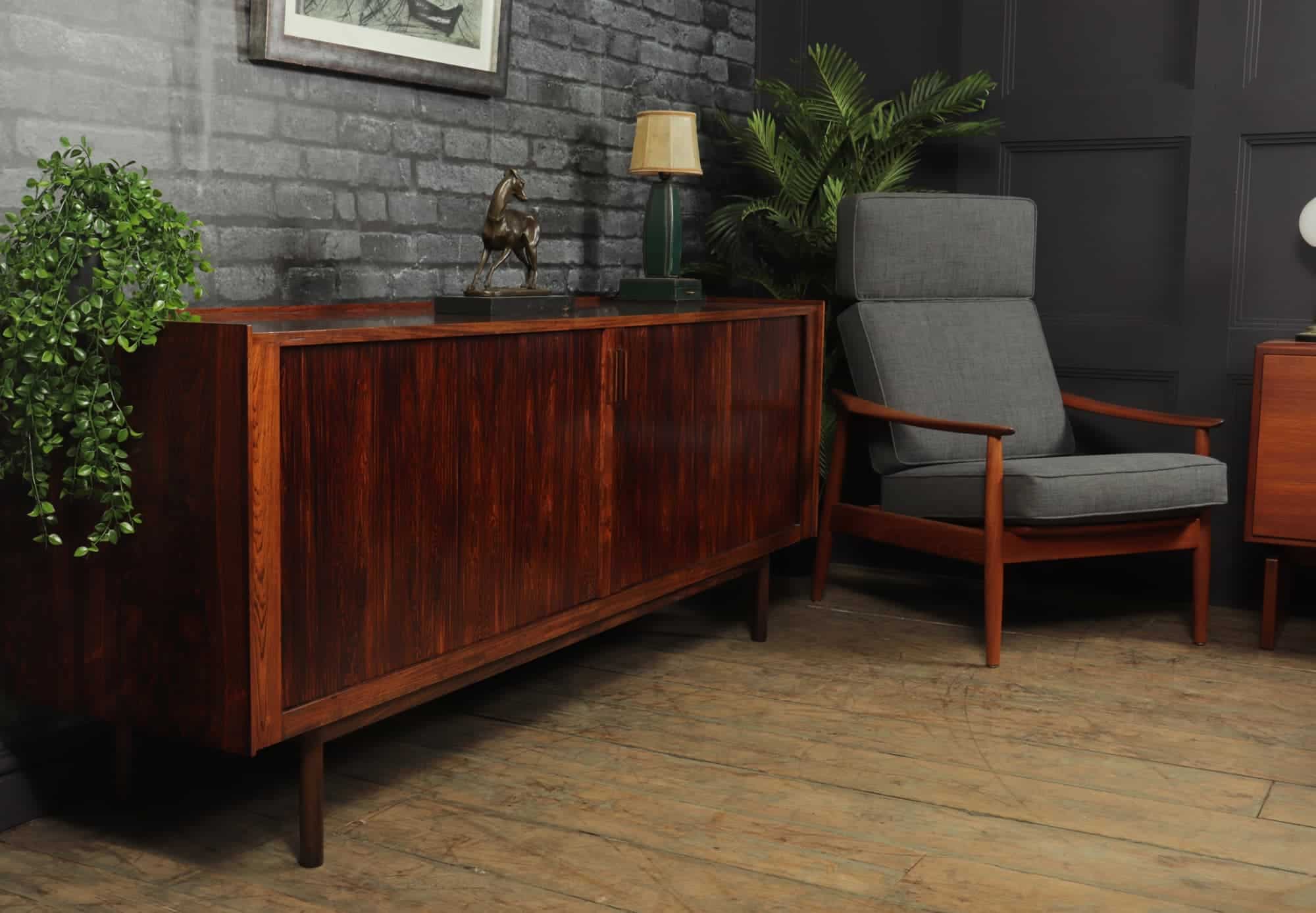The Bauhaus
The Bauhaus - the German Art school simply translates into ‘Building House or House of Buildings’. Deemed as the most influential modernist art school, founded in 1919 by the architect Walter Gropius who remained at the helm for 9 years. Walter was born into a family of architects and naturally followed into the same field. He gained recognition for his work and due to his reputation, was asked to head up a new learning facility by the city of Weimer, the cultural hotspot in central Germany. They sought to create a place that would encourage inspiration for the world of arts and design - to break out of the mundane and insipid designs and push for a more modern approach in arts and crafts that would ignite passions and bring design to the masses. The Bauhaus remained in Weimer until 1925 when its location moved to Dessau. Its final home for a year was in Berlin reluctantly closing its doors in 1933 under Nazi pressure.
Walter’s vision was for the Bauhaus to be seen as a movement for teachers and students working in unison and for all areas of the craft to be included – from architecture (although interestingly this was not a subject offered straight away and was added some years later), painting, textiles, woodwork, glass and metal - pretty much all things arty and just about everything could be studied there. He set up some fundamental basic learning springboards, focussing on general design, use of colours and an understanding of materials that all students were expected to master. Once these were under the student’s belts, they were then free to specialise in their preferred field under the tutors of the highest esteem.
The Bauhaus strove for the best and the high calibre of teachers at the Bauhaus made it world famous with many of the tutors initially starting their lifelong careers as students themselves. Such names include Otti Berger, Marianne Brandt and Carl Fieger. Other students included the well known Russian Wassily Kandinsky, Alvar Aalto, Paul Klee, Marcel Breuer, Le Corbusier, Josef Albers and Joost Schmidt – himself responsible for the now famous eye catching advertising poster for the 1923 Bauhaus Exhibition. This style of geometric art with the use of colours was really one of the first of its kind.
The Bauhaus was the epicentre of many furniture designs that are instantly recognisable including the Wassily Chair by Marcel Breuer, thought to have been inspired while riding his bike! The Brno Chair designed by Mies van der Rohe with its sleek and shiny curved legs - why do chairs need to have 4 legs when 2 would work, really living up to the motto that ‘less is more’. Perhaps one of the best known is the Barcelona chair also designed by Mies van der Rohe (who incidentally was the last Director of the Bauhaus) and Lilly Reich in 1929 - it has become one of the world’s more famous chairs. The absolute epitome of simple elegance that has been much admired all over the world.
Even though the Bauhaus was forced to close many years ago in truly difficult circumstances, its ethos spread as the tutors and mentors fleeing Germany relocated all around the world. The lessons ingrained at the heart of the establishment went on to inspire many artists since and the fundamental virtues, principles and lessons are still used to this day in the teaching of the arts and crafts.
“If your contribution has been vital there will always be somebody to pick up where you left off, and that will be your claim to immortality.”
Walter Gropius 1883 – 1969




